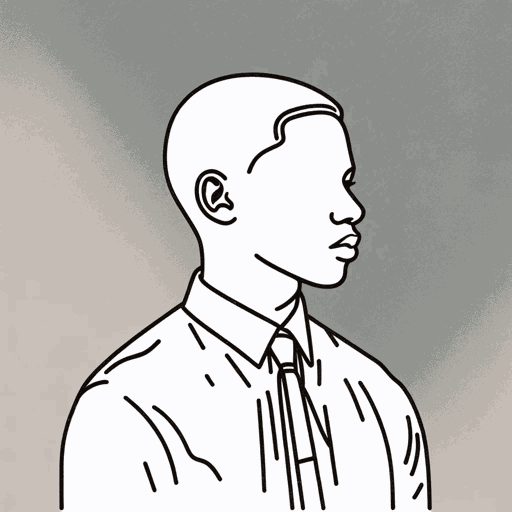101 pages • 3 hours read
Nic StoneDear Martin
Fiction | Novel | YA | Published in 2017A modern alternative to SparkNotes and CliffsNotes, SuperSummary offers high-quality Study Guides with detailed chapter summaries and analysis of major themes, characters, and more. For select classroom titles, we also provide Teaching Guides with discussion and quiz questions to prompt student engagement.
Summary and Study Guide
Overview
Dear Martin by Nic Stone was originally published in 2017. It is a work of realistic fiction that provides a frank depiction of identity, racism, and adolescence in contemporary America. The New York Times bestseller also gained attention when it was named as a finalist for the William C. Morris award. The version used for this guide is the trade paperback of the Ember imprint by Random House Children's Books.
Plot Summary
The novel follows Justyce McAllister, a 17-year-old ambitious, black student who struggles with being a minority with a difficult family background in a predominantly white prep school. Despite his different identity, he integrates well into Braselton Prep, becoming especially close with a fellow black student Emmanuel "Manny" Rivers. Justyce’s expectations are suddenly upended when he is wrongfully arrested for a crime based on his race. When his community villainizes him, he copes with his status as a scapegoat by reading and responding to old letters written by Dr. Martin Luther King, Jr. His resonance with the famous activist provides the necessary therapy for moving on.
Dear Martin begins days before Justyce’s arrest. A senior on scholarship at the elite school Braselton, he excels in his studies and is slated to become class valedictorian. In addition, he already has a standing offer to attend Yale University. Though Justyce is quiet about it, his motivation to excel originates in his struggles at home: His family is poor, living in a low-income neighborhood with a high crime rate. He confides some of his background in Manny, largely overlooking the racial micro-aggressions and prejudices of his white peers, clinging, for his own assurance, to the idea that they are all on a level playing field.
Not long before graduation, Justyce and Manny go driving in a predominantly white area and are stopped by an off-duty cop. The tension between the two reaches a tipping point when Justyce expresses his resentment that Manny can more easily pass as “normal” at Braselton because of his wealthy father. Distracted by their fight, and blasting music from the speakers, they get the attention of an undercover cop. Upon seeing that they are black, the officer suspects them of committing a crime. Justyce accidentally triggers the cop’s racial bias, which causes the cop to draw his gun. Making an abrupt movement in reaction to the threat, Manny is shot and killed.
The murder of his best friend stirs a profound change in Justyce’s mindset about race. No longer does he view social signifiers like wealth as things that make black people invulnerable to hatred and bias. Moreover, he witnesses directly the inequity of the American justice system when the cop is not hit with the murder felony charge he deserves. Instead, Justyce is brought to court over his best friend’s death. Though he is eventually exonerated, this traumatizing gauntlet of obstacles causes Justyce to turn to the writings of Dr. King. Much of the remainder of the novel covers the rhetorical letters he writes to the activist (for King is long dead), reflecting on the similarity of their problems and how little the arc of history has changed for the better. These letters form a private discourse untouchable by the distortion of the racially-biased local media which demonizes him.
Justyce manages to move beyond the most difficult event of his life, making it to Yale the following fall. Dear Martin ends on an optimistic note, suggesting that its protagonist’s shift in consciousness is exactly what prepares him to take on the world beyond adolescence with a sharpened perspective of how racial bias impacts society. Stone suggests that an integral part of one’s coming-of-age is to learn to weigh progress toward social justice more highly than any personal aspiration.
Related Titles
By Nic Stone





